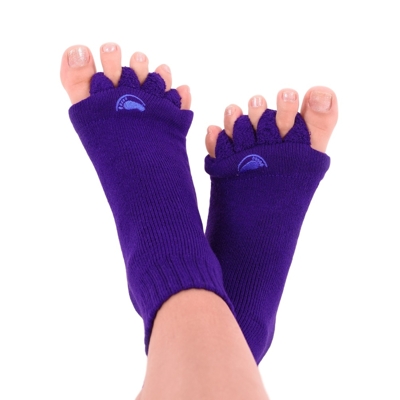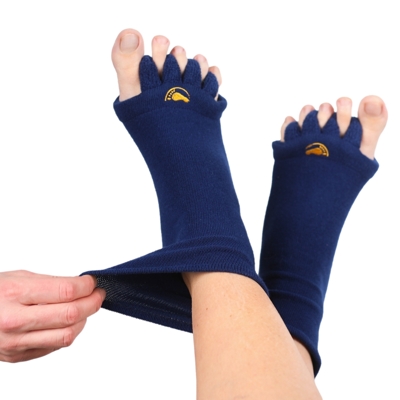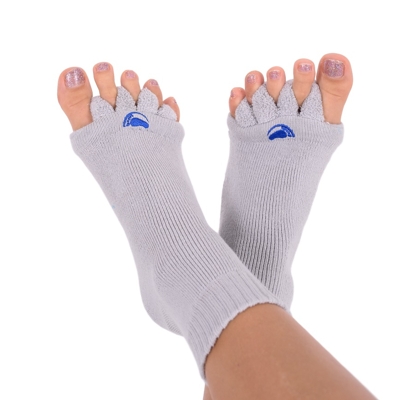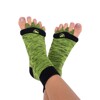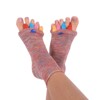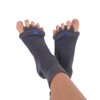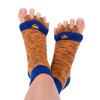Pain-free running step by step: How to relieve forefoot pain
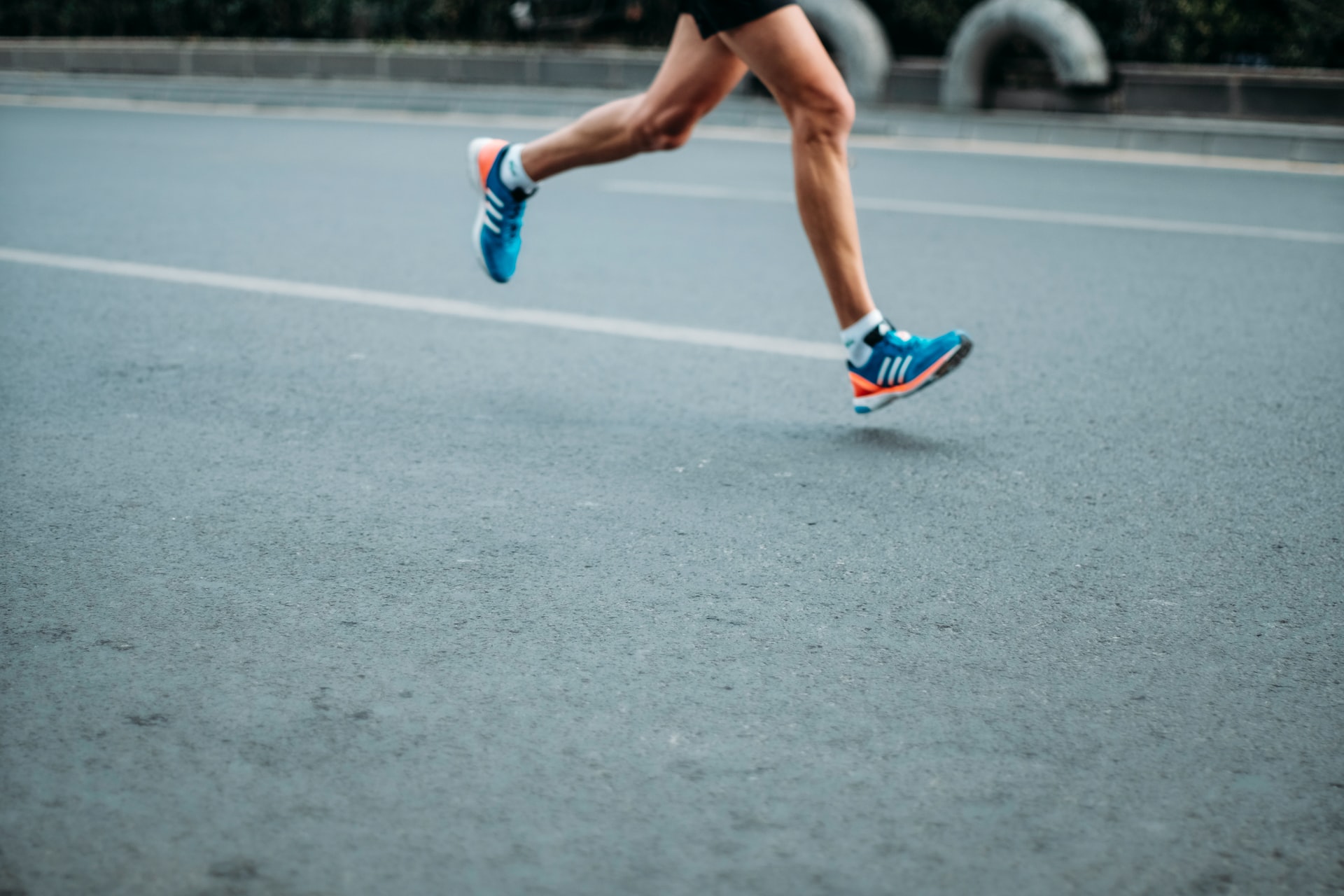 Have you ever had pains in your forefoot? Then you're sure to know that it can quickly ruin your running plans and even make any exercise less enjoyable for a while. Why and how does forefoot pain occur, how can you prevent it, how can you treat it and what happens if you ignore the pain?
Have you ever had pains in your forefoot? Then you're sure to know that it can quickly ruin your running plans and even make any exercise less enjoyable for a while. Why and how does forefoot pain occur, how can you prevent it, how can you treat it and what happens if you ignore the pain?
Causes of forefoot pain
The alpha and omega of forefoot pain, as well as similar complications, is excess strain. The exact cause of forefoot pain can vary from person to person. If you suffer from this pain, you're best to consult a doctor, sports medicine specialist or physiotherapist, who can provide you with the correct diagnosis and recommend appropriate treatment and ways of preventing the problem from recurring.
Forefoot pain is a common problem amongst casual and professional runners and can be caused by various factors:
- Excess strain on the muscles and tendons in the front part of the foot caused by high-intensity training
- Imbalance between the muscles of the calves and the muscles in the front part of the foot
- Plantar fasciitis or inflammation of the plantar fascia is an inflammation where the tendons connect to the heel bone, but pain can also shift to the forefoot due to a change in running pattern
- Tendinitis, or inflammation of the tendon on the front of the foot, especially the tibialis anterior tendon
- Inappropriate running shoes or shoes with insufficient cushioning
- Sudden transitions from a soft to a harder surface (such as from grass to concrete)
- Insufficient recovery between training sessions
- Improper running technique (such as too long a stride, insufficient leg lift, or uneven impact load)
- Individual factors
- Each individual has their own different physiology and biomechanics (some individuals may be more prone to certain types of injuries)
- An injury or limitation from the past
- Overweight
- Current level of fitness and training
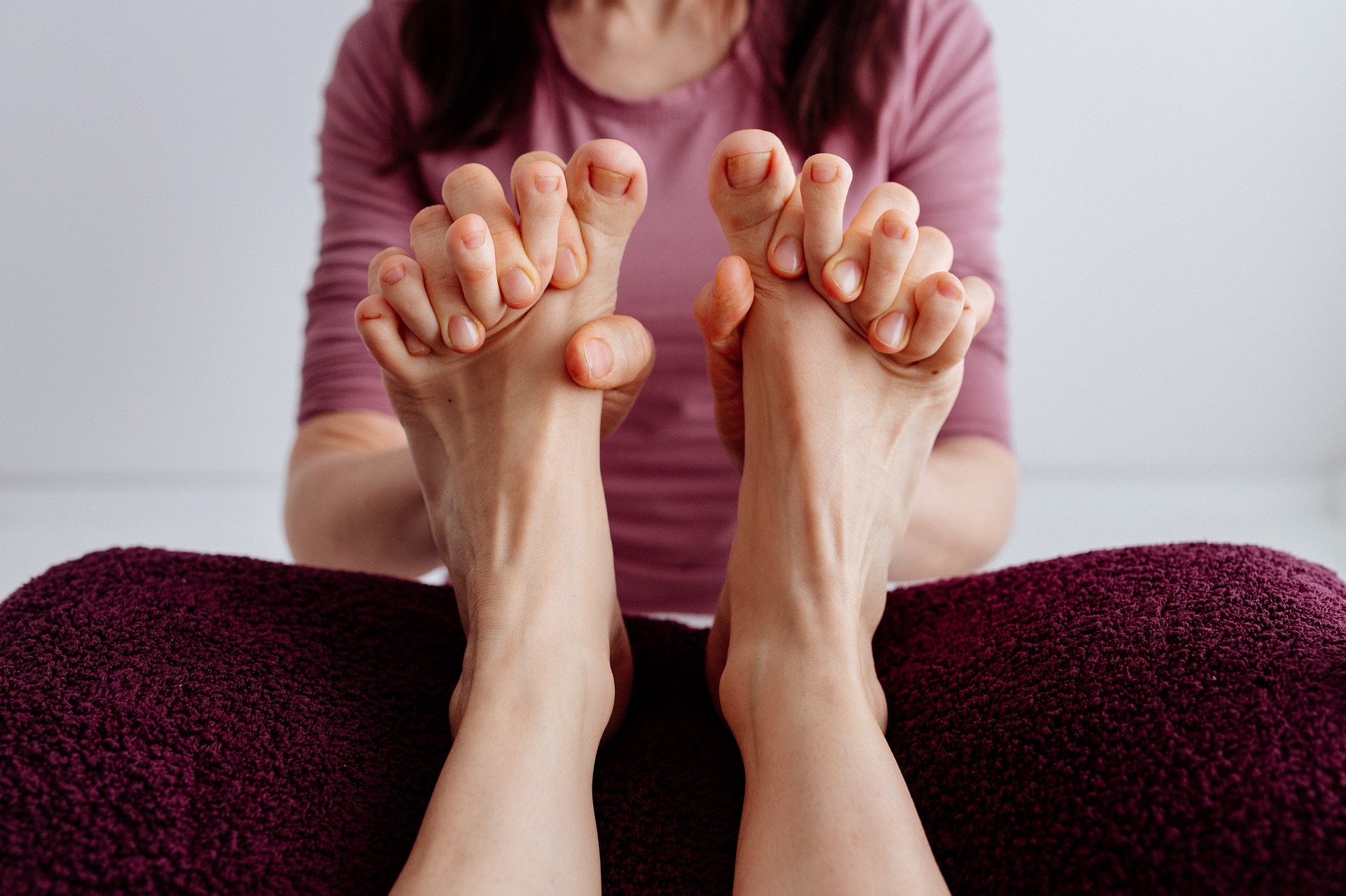
What if I’m already experiencing forefoot pain?
Remember that each case of forefoot pain can be specific and will likely call for an individual approach. It is important not to try to treat the problem yourself and to seek professional help if you experience serious or persistent difficulties. Before starting treatment, you should first identify and then eliminate the cause of the pain.
Even so, here are a few examples of how to relieve forefoot pain:
- Cutting back on the activity and resting – it’s never a good way to push your way through the pain. It can make things far worse. Cut back on or stop your training completely and give yourself plenty of time to recover. Or choose a different activity that does not place strain on that part of the body.
- Ice packs – an inflammation can occur at the points where it hurts. An ice pack on the painful spot can reduce the swelling and suppress the inflammation. Ice can be applied several times a day.
- Anti-inflammatory drugs - if you have an inflammation (and your doctor or other specialist recommends it), you can take drugs to reduce the pain (such as ibuprofen).
- See a physiotherapist – they can show you specific exercises and therapeutic techniques to strengthen your muscles and tendons, improve movement and relieve pain.
- See a doctor - if your forefoot pain does not go away or gets worse, you should seek medical attention. A specialist can make an accurate diagnosis and suggest an appropriate treatment plan.
How to avoid forefoot pain
The memory plan and approach to prevention varies from person to person. So note what works best for you and adjust your training and recovery routines accordingly.
- Focus on using the right running technique – make sure that your foot hits the ground and lifts off properly and that your movement is fluid.
- Gradually increase the intensity of your training – avoid sudden increases in strain. Step up your training sessions gradually and give your body plenty of time to adapt.
- Choose suitable running shoes – don’t underestimate the importance of choosing good running shoes. Take account of the surface you’re running on, as well as other aspects.
- Regularly alternate between surfaces – a monotonous surface followed by a sudden change can be a problem. If possible, try to cover various surfaces on your run.
- Warm up and stretch – if you go running “in the cold”, you should warm up first. You should then stretch your muscles after training. Stretching the muscles and tendons at the front of the foot can make them more supple, thus avoiding pain.
- Strengthen your leg muscles – regular strength training for the legs, in this case especially for the calf muscles and the muscles on the front of the leg, can help maintain balance between the muscles and reduce the risk of excess strain when running.
- Notice changes in your body – Listen to your body and be aware of any changes in pain or discomfort, to enable you to take any necessary action in time.
- Wear Foot Alignment Socks – Consider wearing Foot Alignment Socks, which will help stretch and improve circulation in the foot muscles. Wearing them regularly relieves pain or tired feet, speeds up recovery and can help avoid other pains and deformities (bunions, hammer toes, cramps, swollen feet, heel spurs, etc.).
- Visit a physiotherapist – physiotherapists are not just there to treat problems, but also to help prevent them. Suitable exercises and proper movement patterns can help you strengthen that part of your body and avoid a number of complications and injuries.
- Think about your lifestyle – proper nutrition and adequate hydration are important for maintaining healthy muscles, tendons and joints.
- Take care of your mind – Stress has been proven to play a major role in injuries and the body’s overall response to various stimuli. A positive approach is also an effective means of prevention.
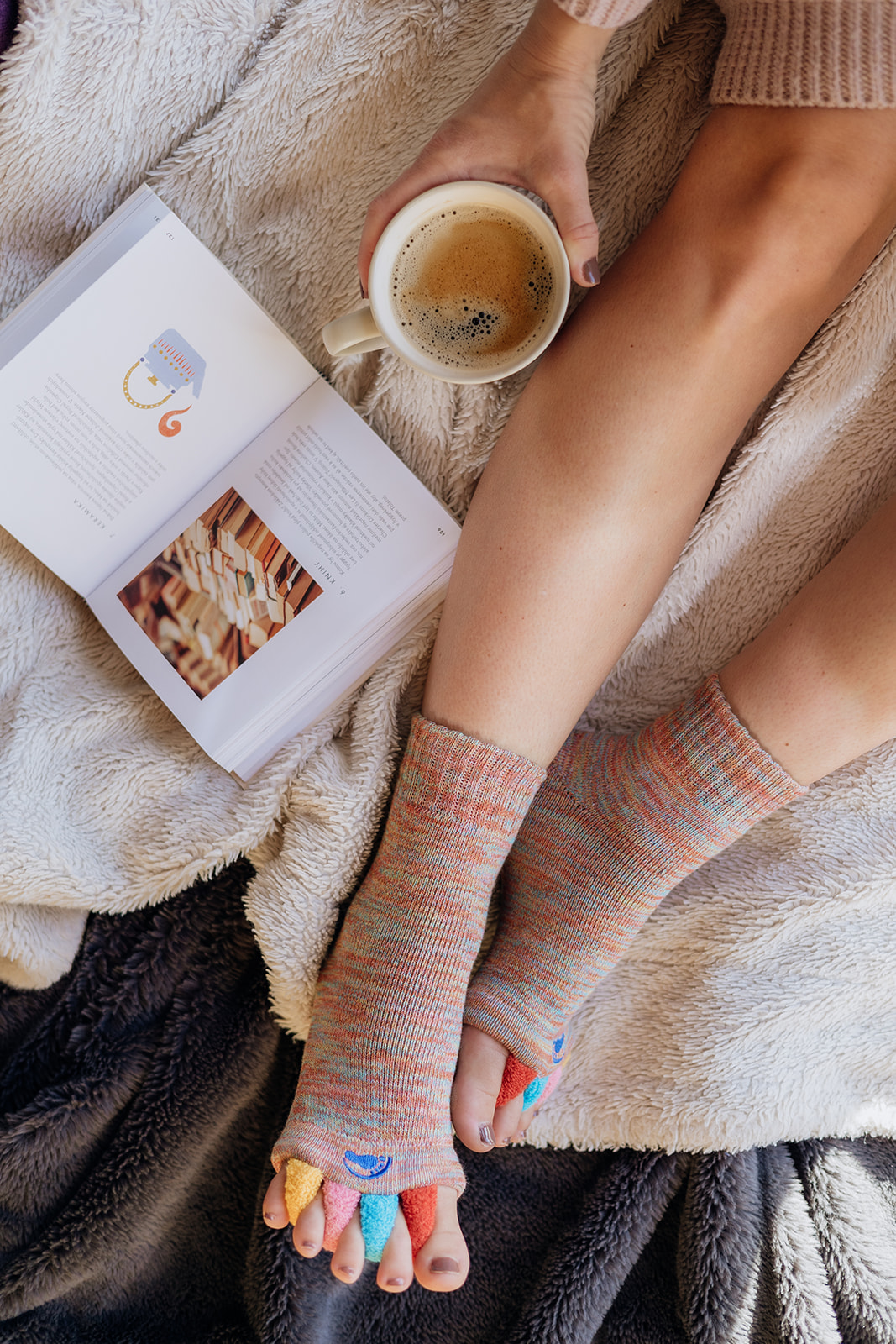
Make sure not to ignore forefoot pain
If forefoot pain is ignored and not treated, it can lead to more serious complications and lasting problems, such as more severe pain, chronic inflammation or stress fractures; it can limit performance or make it completely impossible, have an impact on our overall health or, in extreme cases, even require surgery. The longer you delay having it treated, the longer and more difficult you'll find it to get back in shape.
It is extremely important to respond appropriately to forefoot pain, consult a specialist and follow the treatment procedures they prescribe. Early diagnosis and care can prevent further complications and ensure a faster and full recovery, enabling us to return to our regular training routine.
Forefoot pain is just one of the many threats runners can face on their way to the finish line. In general, most of the recommendations mentioned here work, especially with regards to prevention. Ideally when they are combined. After all, we only have one chance at a healthy life.


